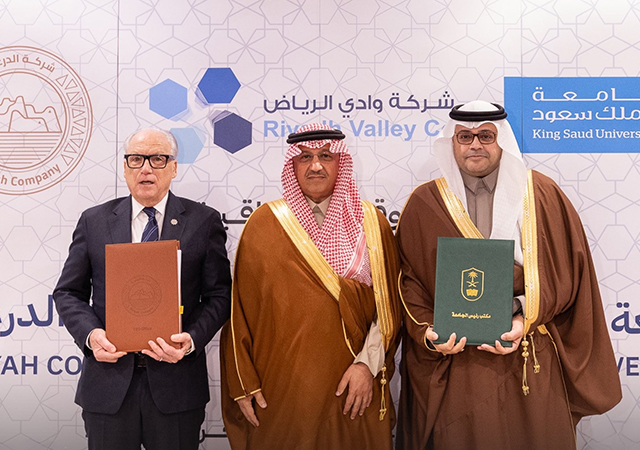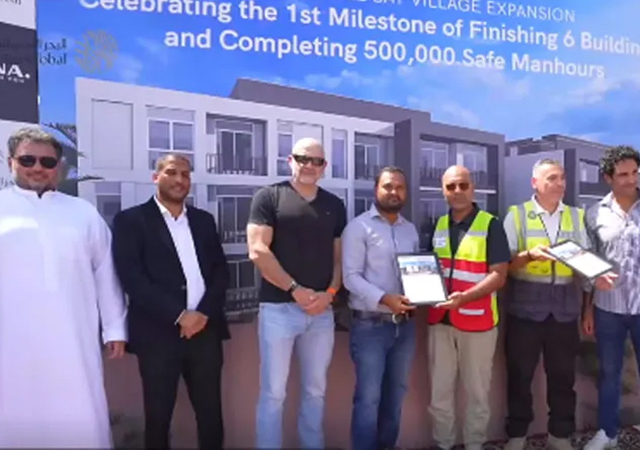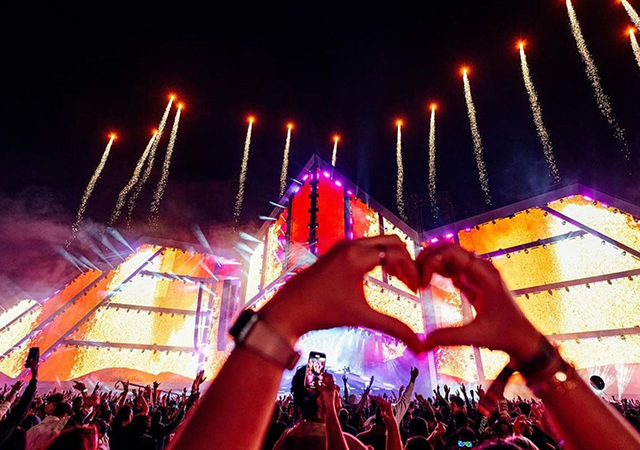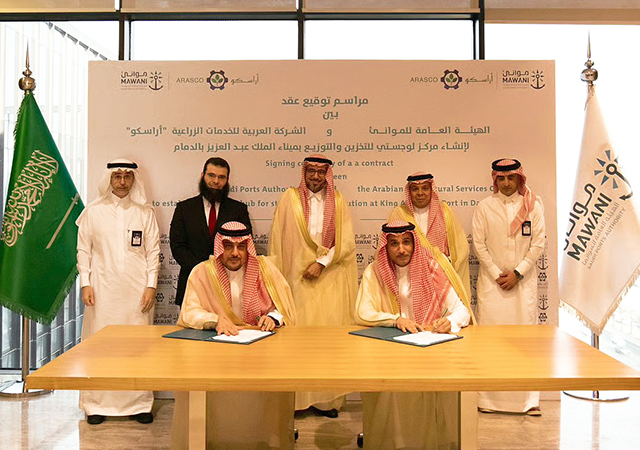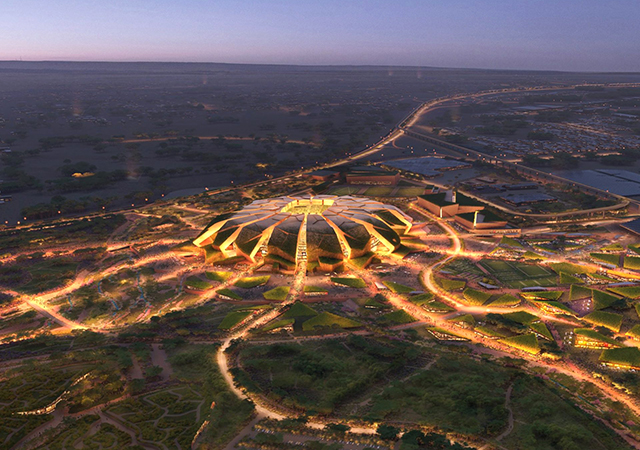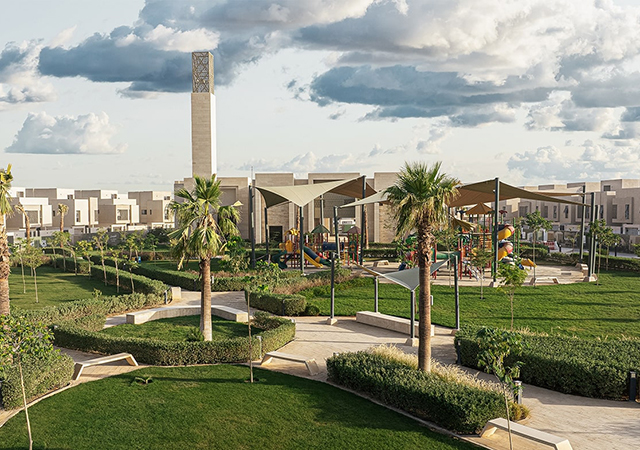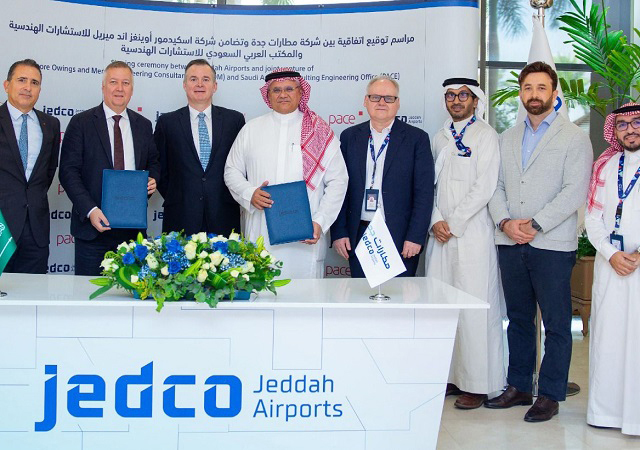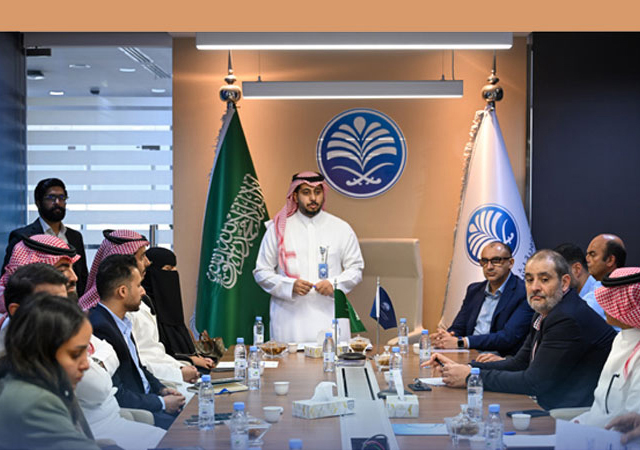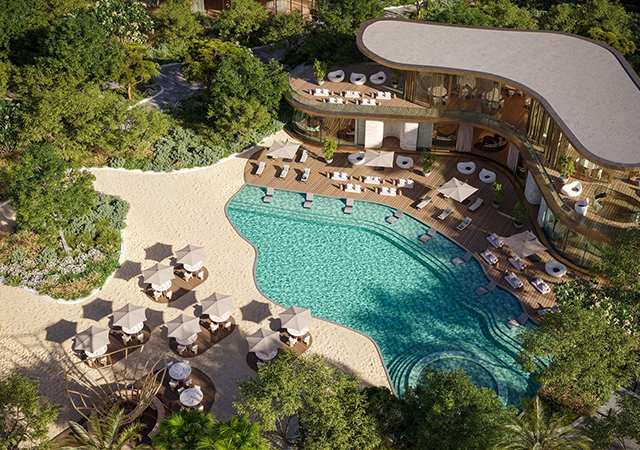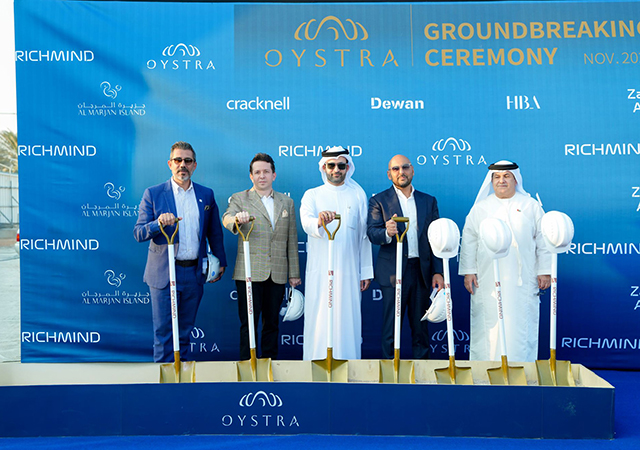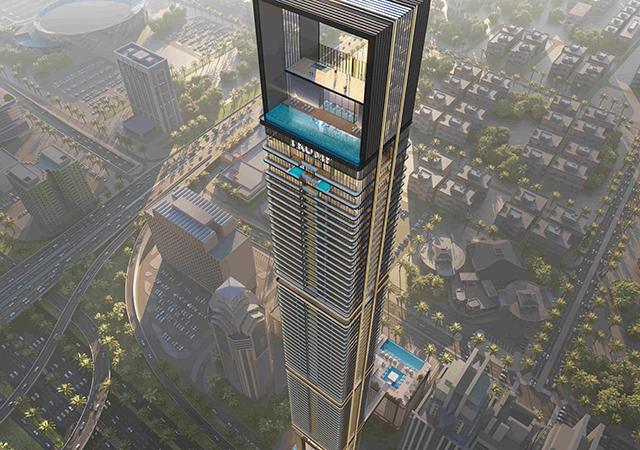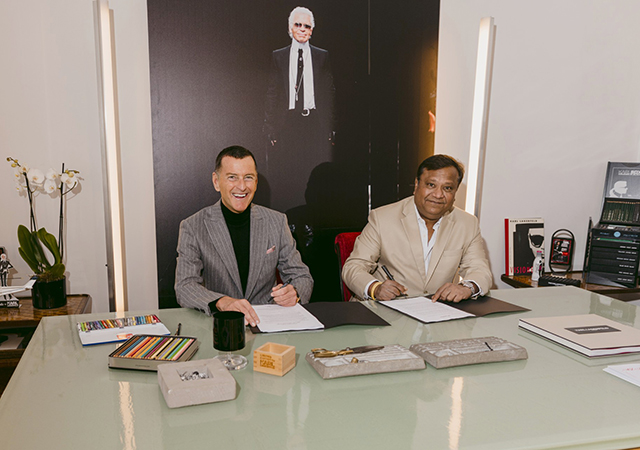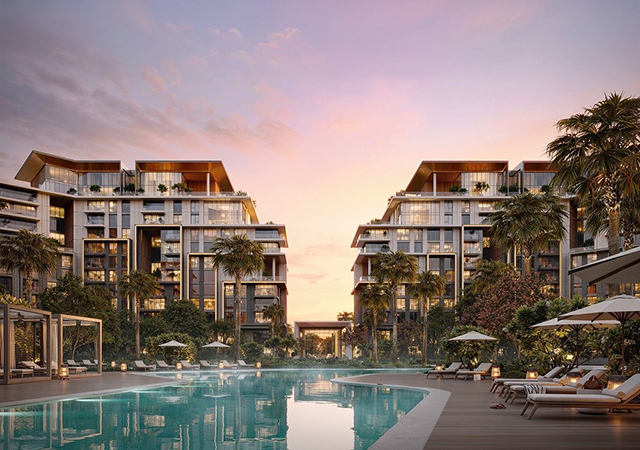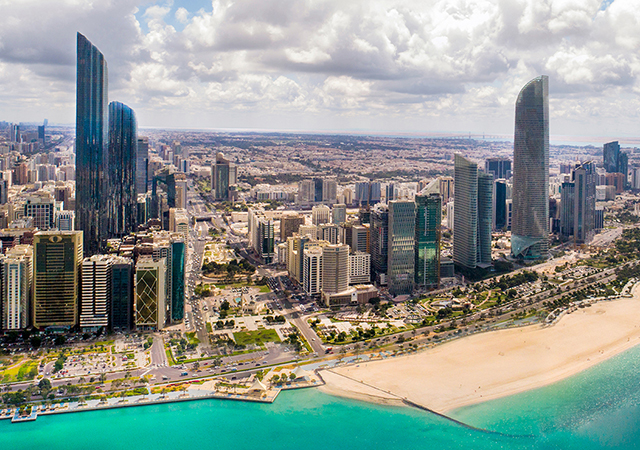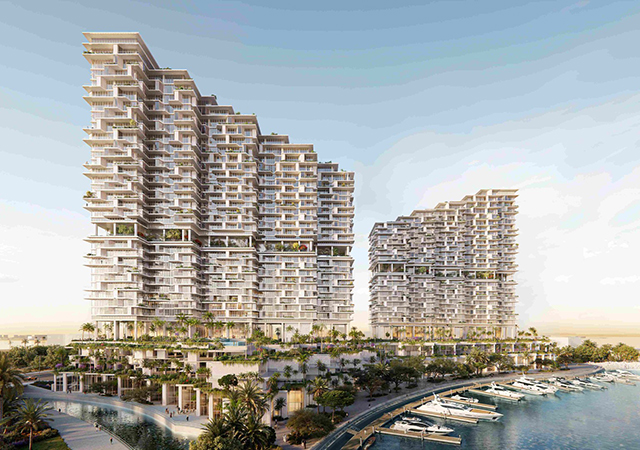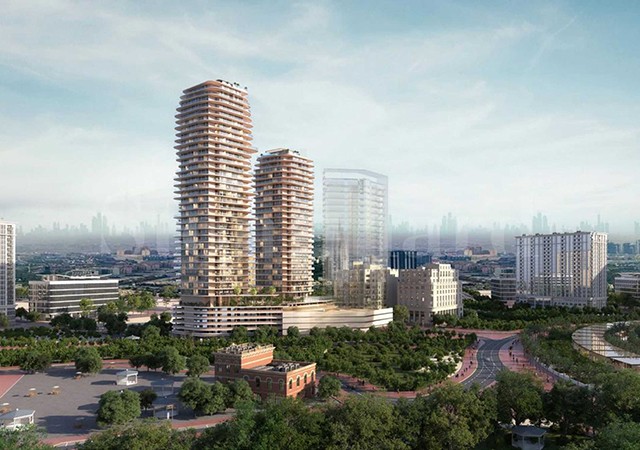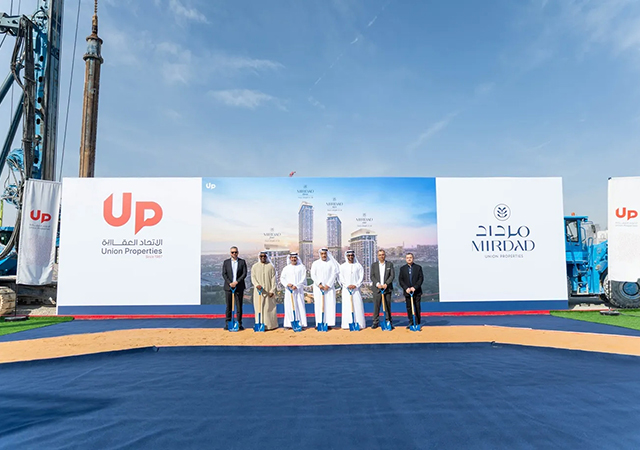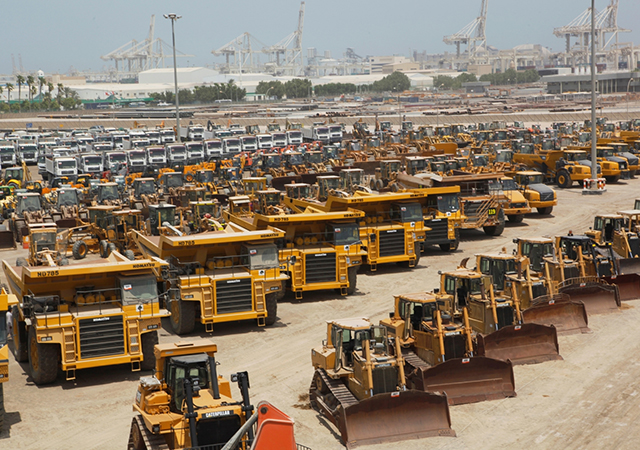 The Kaigan and Living Wall (below) ... changing corporate culture.
The Kaigan and Living Wall (below) ... changing corporate culture.
LIVING walls that take a twist on leaning against them, the Kaigan that marks the comeback of cradled chairs and the Portal, a new desking system that opens up the workplace and individualises user space are some of the latest products launched by top furnishing solutions provider Ahrend.
The new range seeks to supplement the ‘flex’ working philosophy that is being increasingly incorporated into the corporate culture and helps create a working environment that supports the use of resources more effectively to encourage dynamism, open up communication and creative thinking.
“Company culture is changing rapidly with the influx of technological launches and developments in the region, which means furniture solutions for workplace have to not only become more adaptable to suit both individual and team needs but also require a company to consistently look at the way it is putting its resources to use in terms of cost and efficiency,” says Nima Ranjibar, Ahrend general manager, Middle East.
“By creating a variety of flex-working solutions in an office, it embraces all the different ways the staff need to communicate – that is one-to-ones, formal group meetings, video conferencing, presentations, providing informal break-out, lounge working and interaction areas that are conducive to these needs and enhance communication internally. What’s right for your office today, may not be right tomorrow, making it fundamental for companies to look towards a workplace that can move with the times,” she adds.
 |
Innovation
Explaining Ahrend’s Living Wall concept, designer Frans van der Wielen says: “The idea for the Ahrend Living Wall stems from an understanding that a ‘standing culture’ has come into being”. To cater to this development, the wall encompasses both functional and aesthetic elements with soft-coloured panels that extend one at a time from the wall itself so that the panels can be used to provide a place for open and informal communication in the workplace, be it for making a call, checking emails on a smartphone or discussing a matter with a colleague.
“Furthermore, the wall can be constructed from a range of materials and colours that challenge the architect to customise the wall so it characterises the workspace. Not only does the Living Wall provide additional work and meeting space to the existing office environment, but is also an effective acoustic solution for open-plan areas. It converts a dead/useless wall to a living wall that has a purpose.”
The Kaigan is based on traditional wickerwork beach chairs popular on Dutch beaches, says designer Marijn van der Poll, who has engineered a concept that speaks about a sense of privacy in an otherwise open workspace. “With open plan being the norm, offices these days see no rigid boundary between one worksite and the next. While this aids open communication, there is still the need for workers to be able to have privacy from time to time to be able to concentrate,” he says.
The Kaigan chair is made with fully-upholstered cushioning inside a tubular steel frame, two very separate elements that are both protective and comforting in their own respect, empowering employees with their own space in the office. Kaigan is suitable for both informal meeting as well as for temporary work spaces.
The Ahrend Portal assigns central importance to the desk within the office and is designed to make it as flexible as possible with a simple-frame concept that can be easily customised.
“The Portal is rather a desking ‘system’ than a desk itself, ranging from high to low desks, height-adjustable tables, meeting configuration and more – an innovative tool that can be adapted for bouncing ideas amongst the team or working privately,” Ranjibar says.
Ahrend, a Dutch expert in the field of flexible work environments, works together with customers, architects and other parties to design environments in which people are stimulated to achieve their optimum performance.



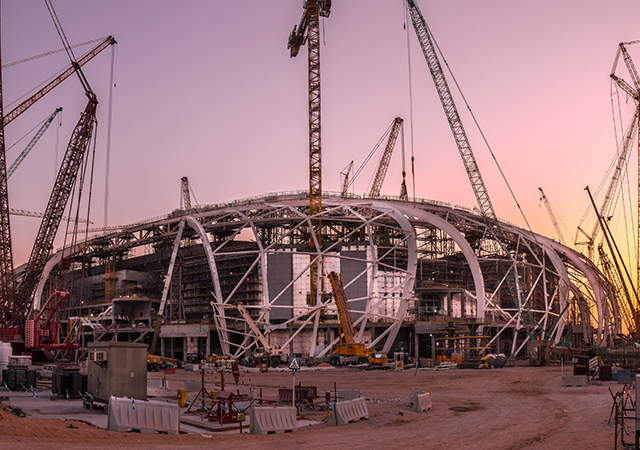
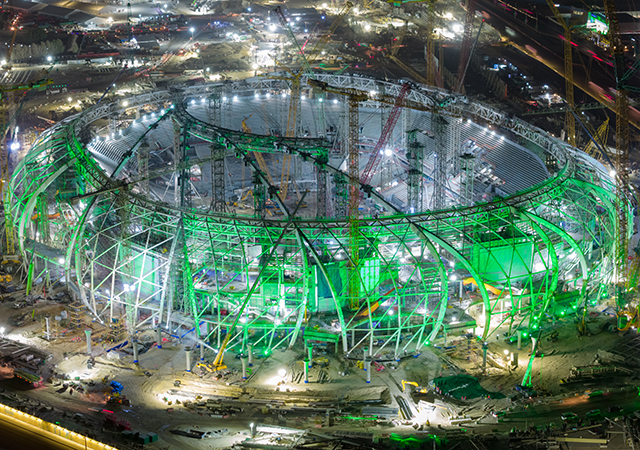
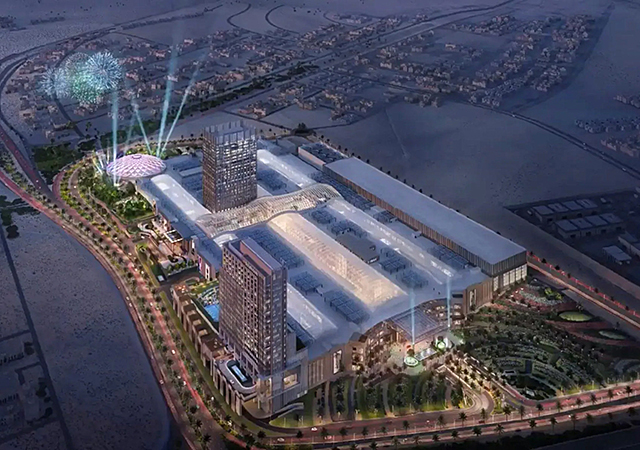

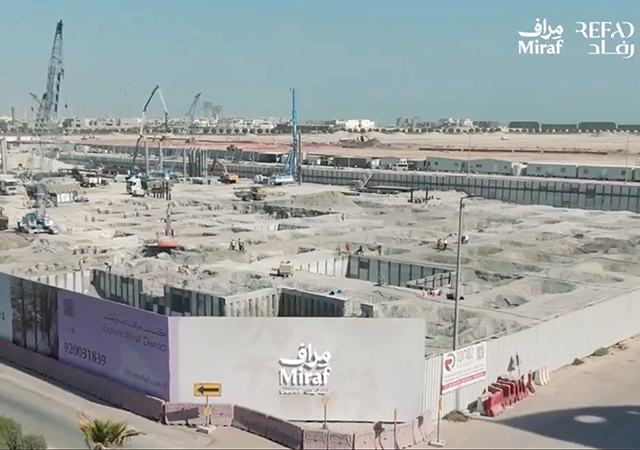
.jpg)
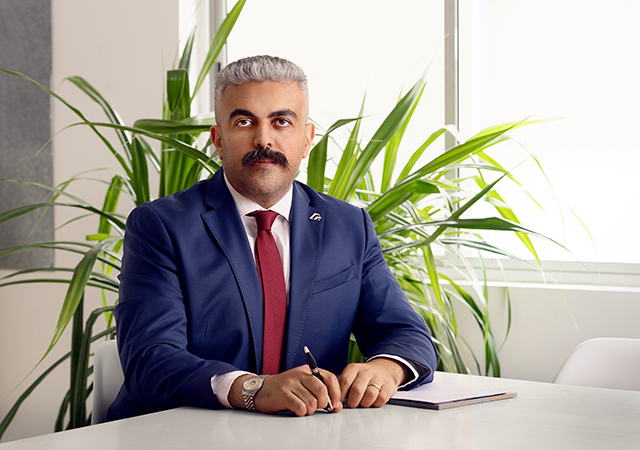


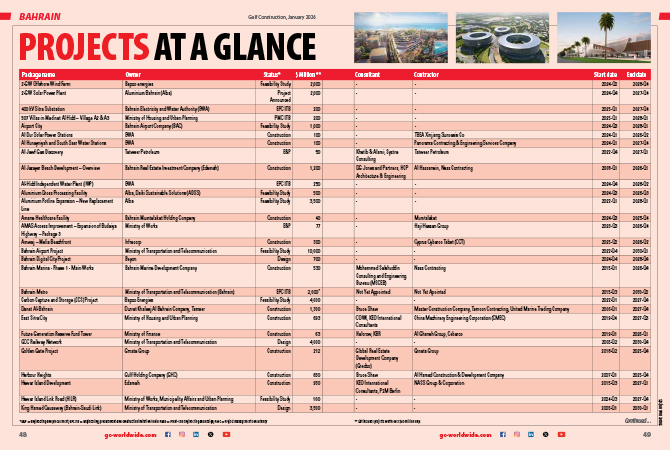
.jpg)
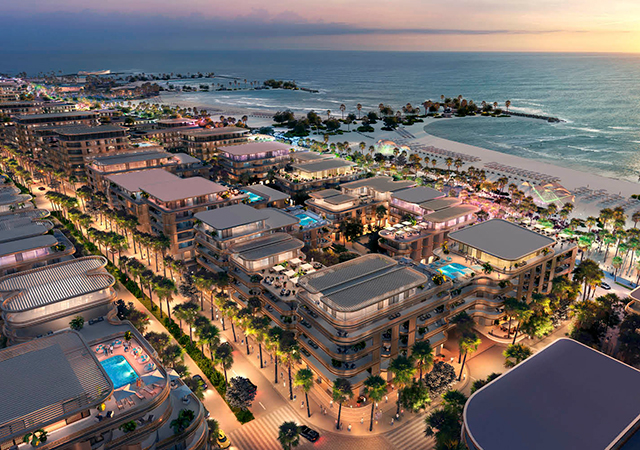
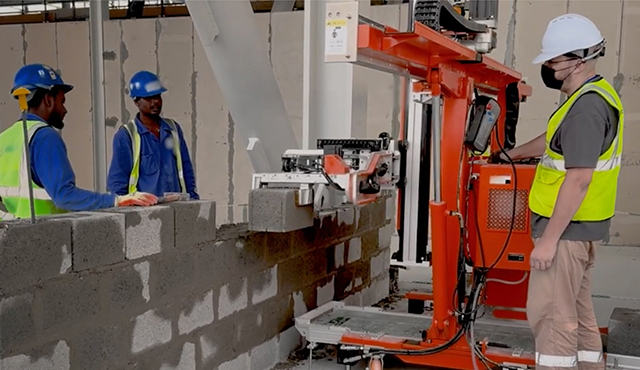
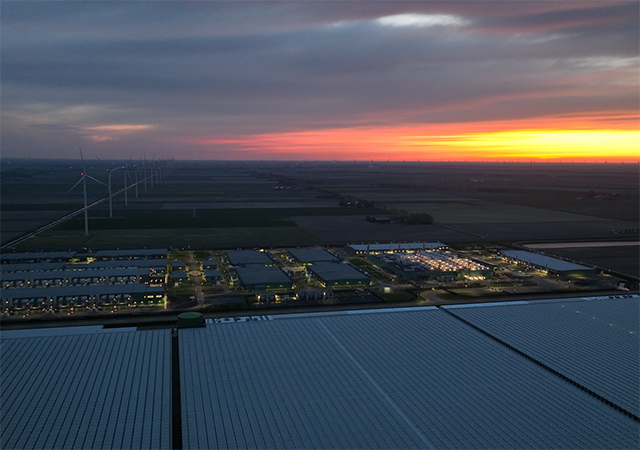
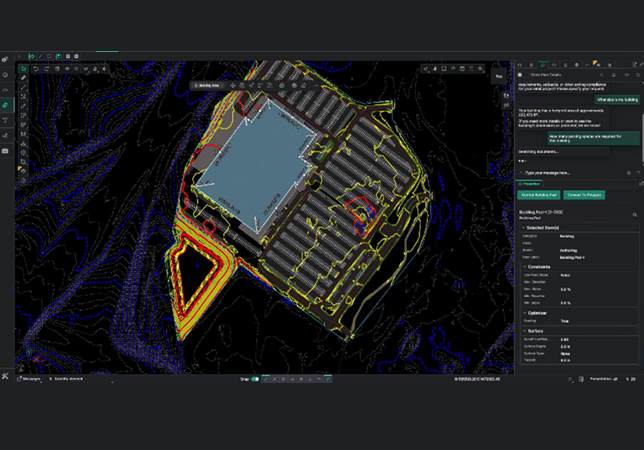
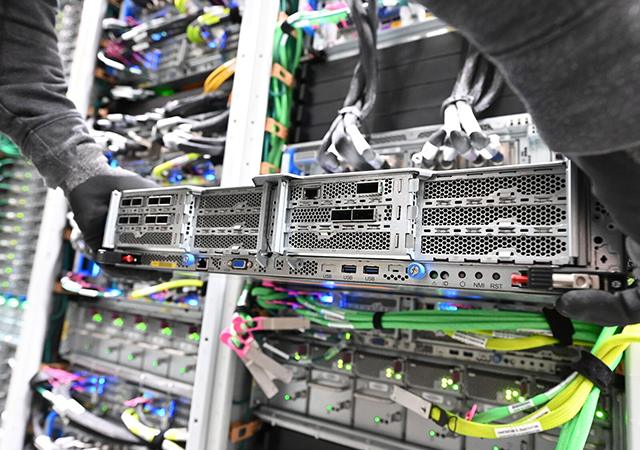
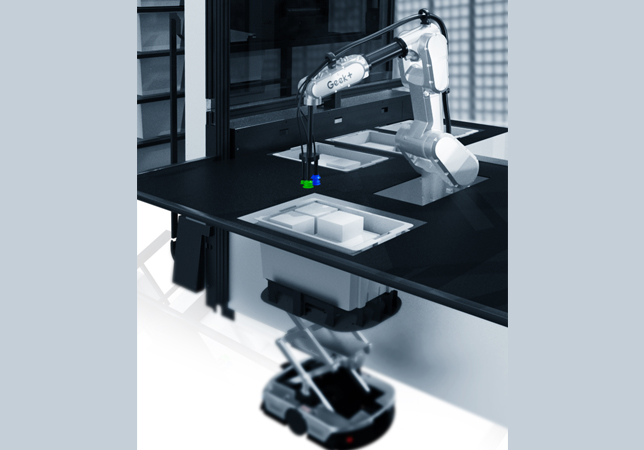

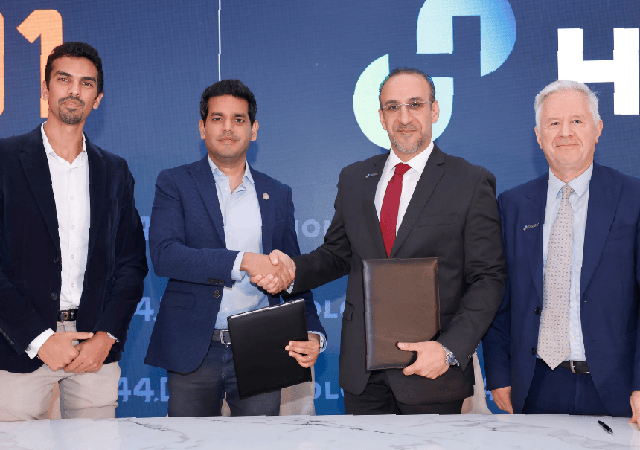
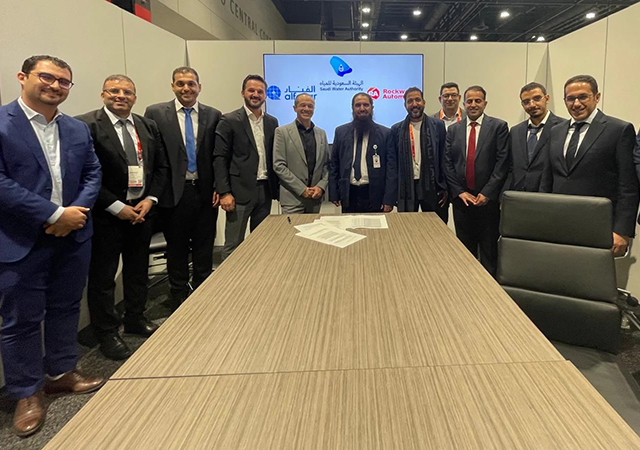

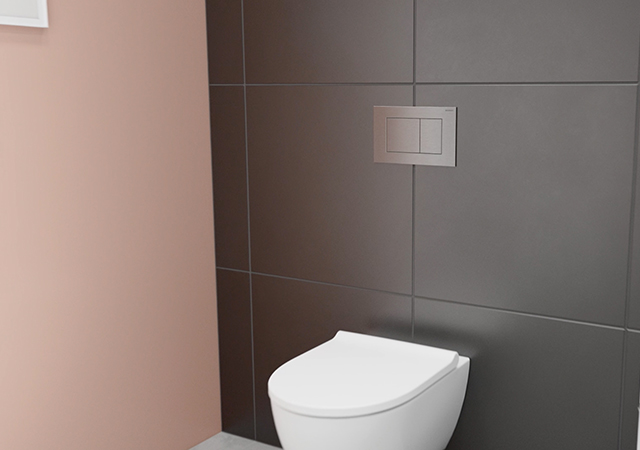
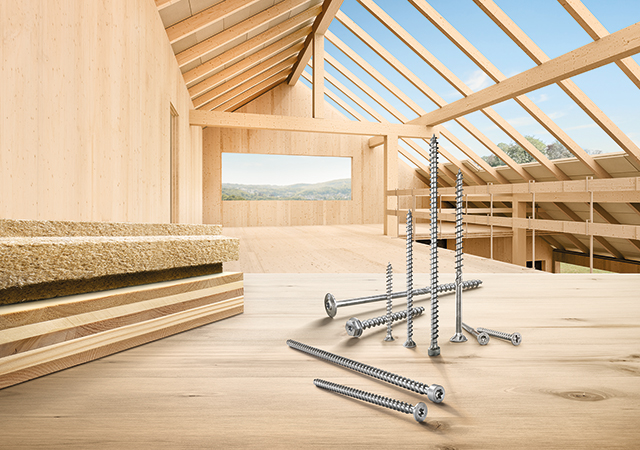
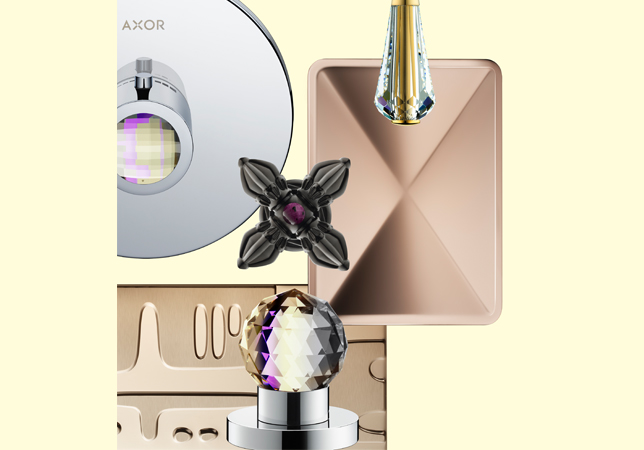

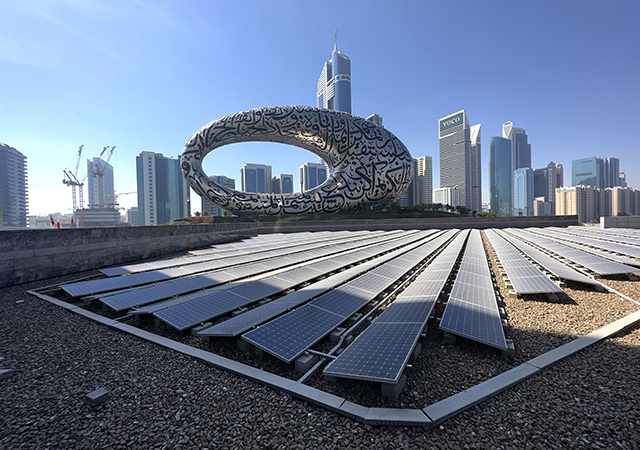
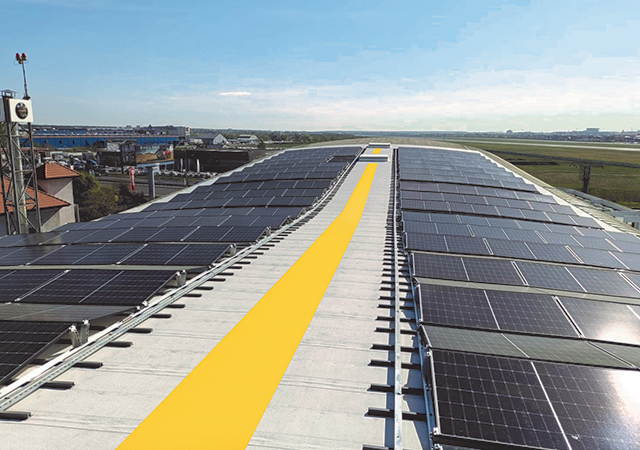
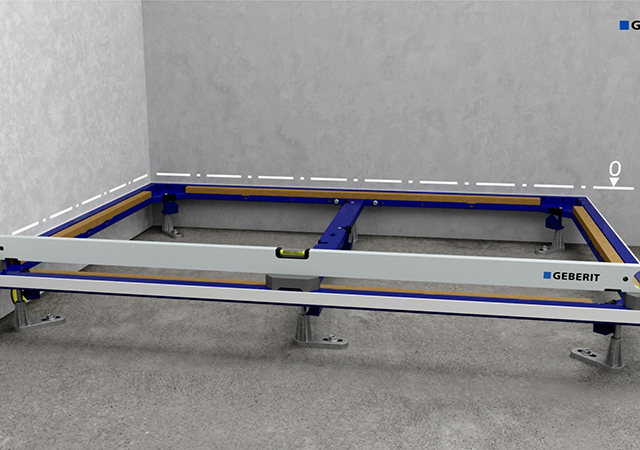

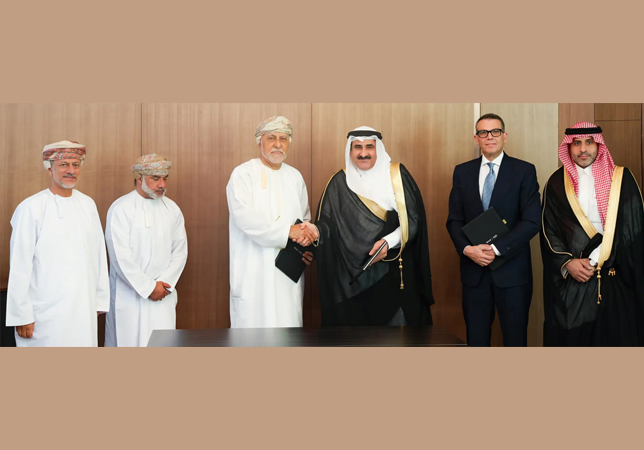
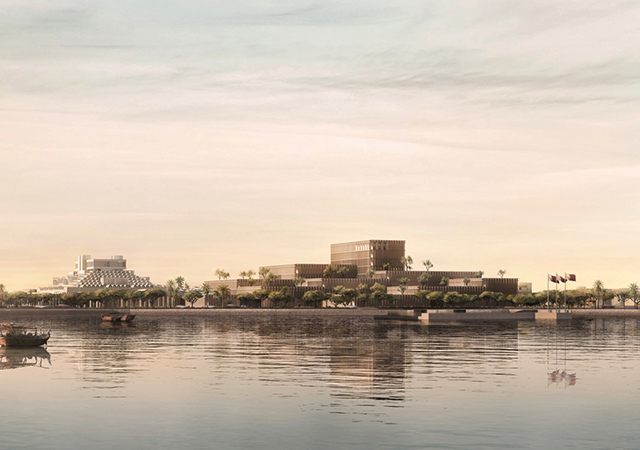



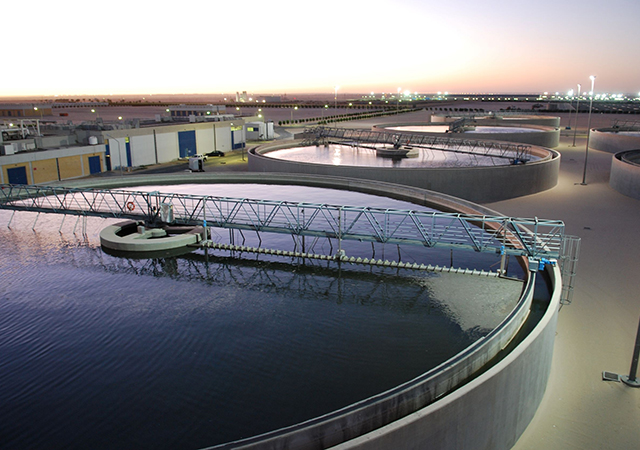
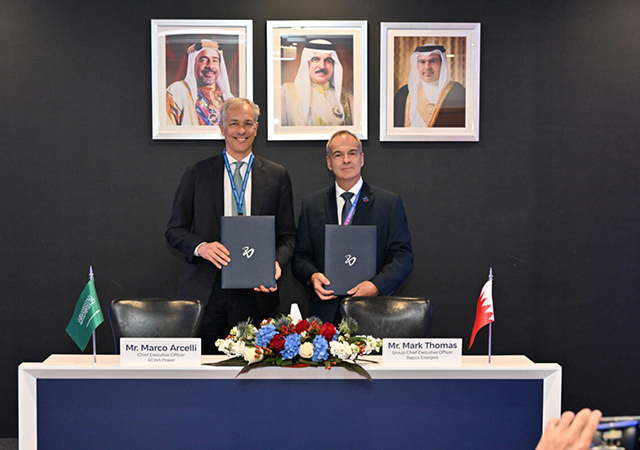

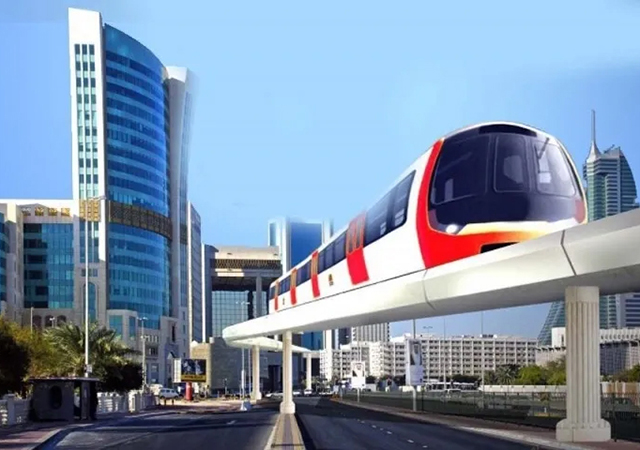
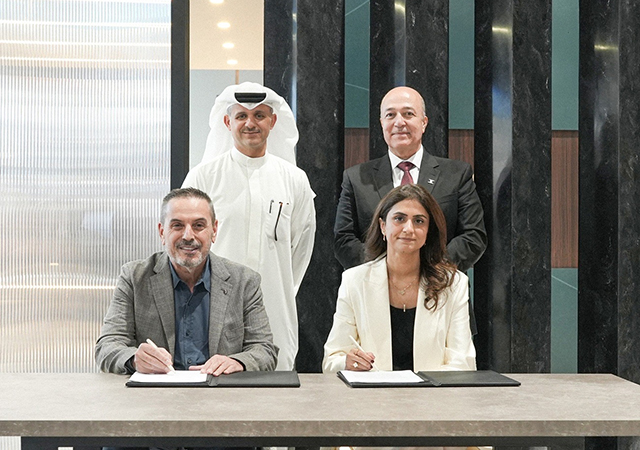
.jpg)
